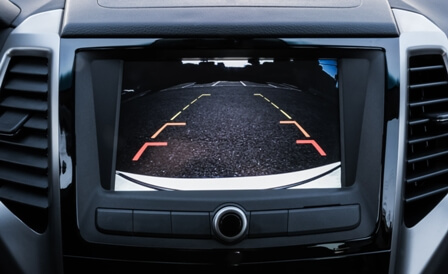Automobiles are usually made up of many parts starting with the basic one to more complex ones. All these parts have a role to play in a vehicle. Amongst the critical and vital parts are the engine, transmission, compressor, chassis, and axle. These parts are very key as they all play a synchronized role while makes a vehicle move. The transmission is one of the critical parts that is usually attached to the engine. In simple terms which we all know of it as the ‘’gearbox’,’ The transmission system is usually attached to the engine via a belt and gears whose role is to convert combustion power into momentum.
When the accelerator is pressed, the fuel together with air is usually pumped into the combustion chamber. Ignition occurs and gases that are expanding explode inside the chamber pushing the pistons up and down. The process is always continuous and proceeds further to the spinning of the crankshaft by the pistons. The crankshaft now turns all these to the movement of the wheels. This is generally how the engine works.
Transmission now comes into effect in regulating the amount of power produced by the engine. This affects how fast or slow your car moves. It ensures that the wheels get a moderate amount of power that is not too fast or too slow. Through a series of belts and gears, a transmission system does a lot of tasks. From ensuring the stability of your engine to changing gears depending on speed and acceleration.
How transmission works.
All gearboxes work in a similar manner be it manual or automatic. Below is a simple summary of how that works;
- Selected gears move and connect.
- The gear lever moves the clutch plates and links them with larger gears. These large gears are linked to the differential of your car.
- The movement of the gear lever affects the sets of gears tuning hence ensuring a stable power supply to the wheels.
Types of transmission.
Since time memorial, automobiles have evolved with time and this has brought a significant change to the kind of transmission fitted in vehicles. We have still had the oldest and simplest forms of transmission in the game. Amongst the types of transmission in use are; Automatic transmission, Continuous variable transmission (CVT), Semi-automatic, Dual-clutch transmission, and the well-known manual transmission. But in this case, we are to compare a Conventional variable transmission and automatic transmission.
Conventional variable transmission(CVT).
This is currently the most commonly used form of transmission in many new models. It is not that different from the original traditional automatic, only a few changes have been made making the driving experience seamless. The driver doesn’t need to shift between any forward nor backward gears or use the clutch. This kind of transmission uses an unlimited amount of gears to provide that smooth driving at any time. Combined work between two opposing cone-shaped pulleys and a belt running between them is the mechanism that is used by this form of transmission. One cone shape is usually fixed to receive the engine output while the other is linked to the wheels.
Automatic transmission.
Mostly referred to as the simple form of transmission and once considered a luxury. It is in fact one of the complex types of transmission. The basic way in which automatic transmission works is through the use of sensors and oil pressure. The sensors trigger the gears to shift and that is done with the help of internal pressure. The clutch is done away with and what comes in place for it is the torque converter. It is responsible for shifting gears.
Benefits of driving with a CVT transmission.
- Enhance fuel economy thus you won’t spend a lot on fuel.
- Small in size and weighs less.
- Has fewer components and is less costly.
Benefits of driving with an automatic transmission.
- Great driver engagement.
- Has a good relationship with the engine.
Conclusion.
At the end of the day, we all never want to spend a lot when it comes to the maintenance of a car. A car’s transmission is one very vital part that needs to be up and running. Between the two transmissions above, the point to note out is that CVT is more reliable and compatible to use. It provides that smooth and flawless experience everyone wants while driving. The fuel economy is also another factor. The CVT will save you a lot due to its fuel economy. A car’s transmission is one part that falls into problems more often and needs extra care and maintenance. Failure to do so could lead to complete transmission failure whose replacement costs something you never want to hear!
Get an extended warranty for your car from us here at A-Protect Warranty Corporation. Talk to us by phone at +1-866-660-6444 or write via info@a-protectwarranty.com.



